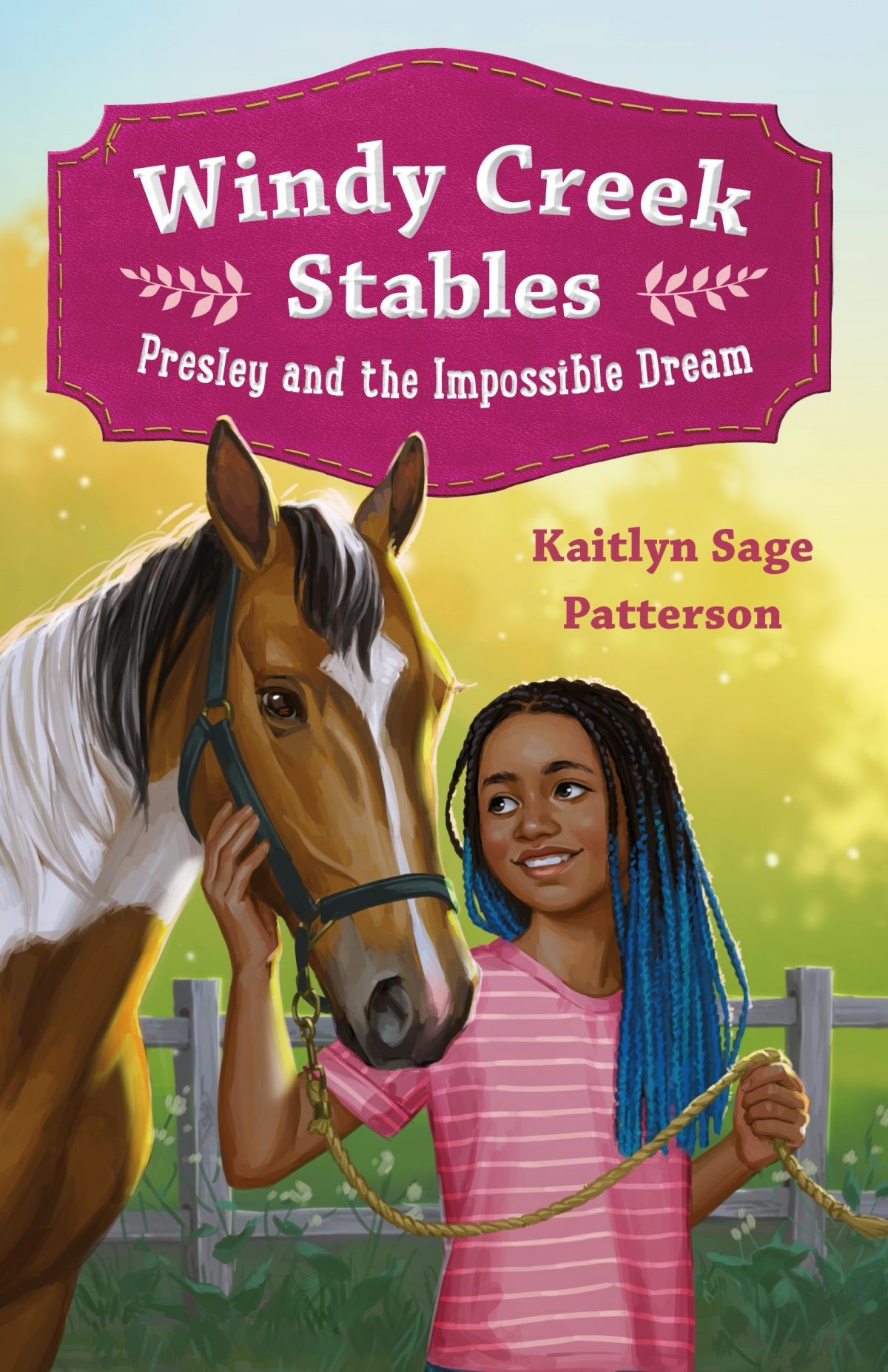In my informal, lifelong study of horse girls, which is widely accepted to be a gender neutral term within the community, I have found that we horse girls are usually born, not made. I wrote Presley and the Impossible Dream for all the horse girls who, like me, weren’t born into horsey families and had to scheme, negotiate, and work hard to make their dreams come true. I also wanted to find a way to weave in some of the details of horse history that are often overlooked. I love a good research rabbit hole, and whilst writing this book, I spent a great deal of time reading about the history of Black equestrians in the United States—the jockeys, trainers, and cowboys whose work was integral to shaping the sport across disciplines. A lot of that research made it into the book, as told through Presley’s inquisitive eyes.
Neither of my parents are horse people. Nor were any of my grandparents. Growing up, the closest thing I had to a horse girl in my family was my Great Grandmother Patterson, who loved to tell me about how, growing up, she had to ride the family mule to school every day while her sister got to ride their horse, and that put a real sour taste in her mouth towards all things equine. I, on the other hand, don’t remember a time when I wasn’t absolutely in love with all things equestrian. Like Presley, I devoured books about horses, movies about horses, and spent hours imagining my first horse. And like Presley, it took a lot of convincing to get my parents on board with my horsey schemes.
To their never-ending credit, the adults in my life found a way to make it happen. My parents found a way to pay $25 a week for riding lessons—a big expense for two young social workers—on top of helmets, boots, and breeches for a growing youngster. My grandparents called in favors for me to ride with friends of friends. Riding instructors gave me the opportunity to ride in exchange for chores all through middle school. When I got to high school, my vet took me under her wing and paid me generously to muck stalls for her and let me ride her horses all over east Tennessee. I benefited hugely from their generosity, and I learned something incredibly valuable along the way—working hard doesn’t always guarantee results but just about anything can be accomplished when people with access and privilege prioritize helping others.
One of my favorite things about books is the way that they allow readers to have experiences outside of what’s available in their everyday lives. When Presley finally does get to put all that knowledge to work in real life, she quickly finds that being an equestrian means making a lifelong commitment to learning on your feet, picking hay out of your hair, and working to build lasting relationships with animals that weigh ten times as much as you do and get spooked by plastic bags—I mean monsters—regularly. Like a true horse girl, Presley loves every minute. I hope that the Windy Creek Stables finds its way into the hands of horse girls everywhere, whether they’ve made it to the barn yet or not.
Kaitlyn Sage Patterson grew up with her nose in a book outside the Great Smoky Mountains National Park in East Tennessee. She started begging her parents to put her on a horse as soon as she learned to talk. After six long years they finally relented, and Kaitlyn began learning to ride. By the time she was ten she was working off extra lesson time by mucking stalls and helping out around the barn. Kaitlyn never shook the riding bug, and she is currently training her first horse, an off the track thoroughbred named Boon, to compete in dressage and eventing. In addition to Boon, her menagerie of adopted animals includes two black trashcan cats, a one-eyed ragdoll kitten, and a toothless greyhound.
